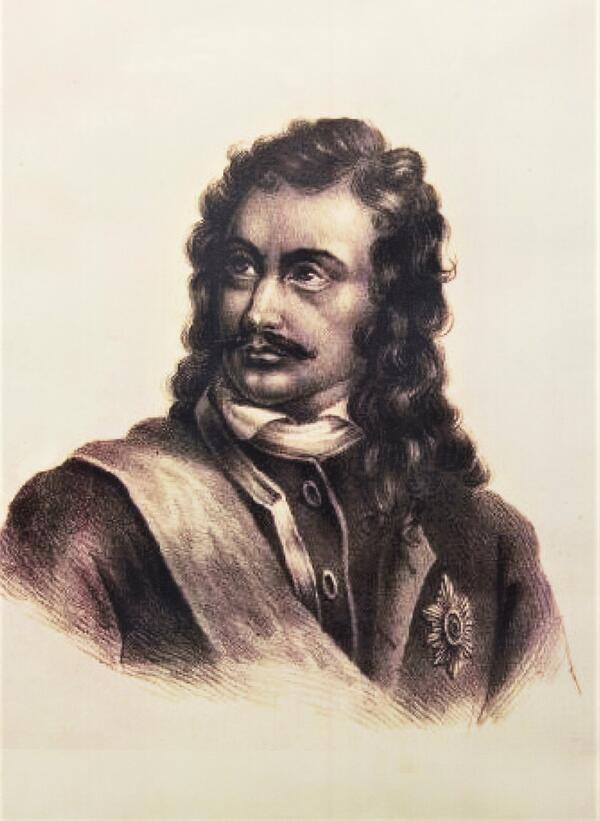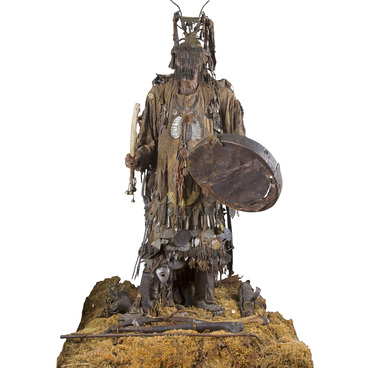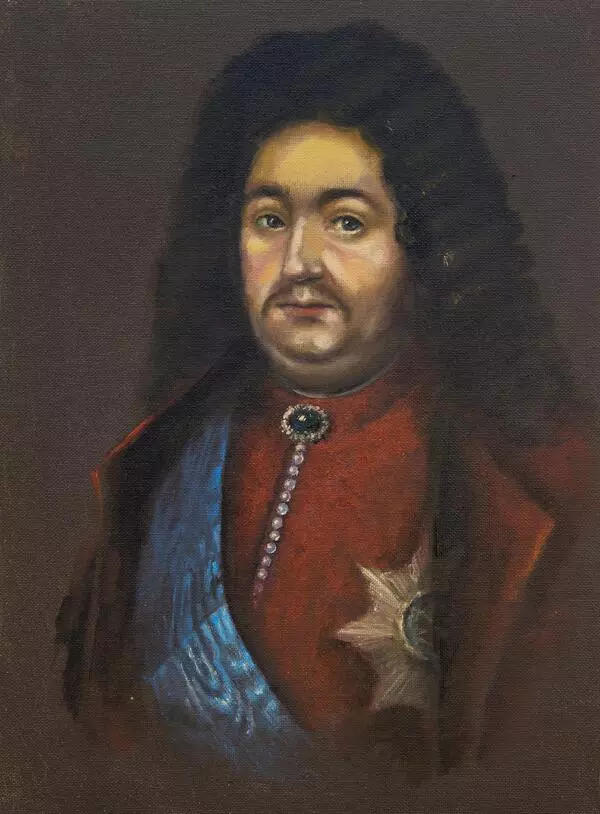The museum houses a photocopy of a portrait of Sava Vladislavich-Raguzinsky. In the 1720s, he served as a Russian ambassador to the Qing Empire, which was located in present-day China. Furthermore, he founded the Transbaikal town of Troitskosavsk, nowadays called Kyakhta.
Sava Vladislavich came from a noble family. He was born in 1699 in Ragusa (Dubrovnik, Croatia) in Serbian Herzegovina, which was part of the Ottoman Empire at that time. He was given an additional surname which indicated his place of birth, and became Vladislavich-Raguzinsky.
As a young man, the future diplomat was involved in trade in France, Spain, and Italy. His successful work helped him to get to Constantinople, where he was noticed by Russian ambassadors Prince Vasily Golitsyn and Yemelyan Ukraintsev.
Sava Vladislavich-Raguzinsky ran their errands and eventually became an unofficial employee of the Russian embassy. Among other things, he managed to obtain the texts of treaties of Ottoman, France, Venice, England and Austria. These documents helped the Russian side to prepare for the conclusion of a ceasefire in the Russo-Turkish War of 1686–1700.
In 1703, Sava Vladislavich-Raguzinsky visited Moscow for the first time, where he was introduced to Peter I. The emperor liked the guest and after the visit Peter granted him the right to open his shops in any Russian city for the next ten years. In the following years the term was prolonged several times.
Sava Vladislavich-Raguzinsky befriended the emperor and became one of his trustees. He was an advisor to Peter I on the Balkan issues, the diplomat’s native region, and accompanied him during the Pruth River campaign against the Ottoman Empire in 1711.
In 1715, Vladislavich-Raguzinsky was appointed Russian ambassador to the Italian principalities. Peter trusted him a lot and authorized him to negotiate with the Pope. In 1722, by an emperor’s order the diplomat translated the work of the Dalmatian abbot Mavro Orbini, “The Realm of the Slavs” into Russian.
In 1722, when Sava Vladislavich-Raguzinsky came back from Italy, Peter the Great asked him to head the Russian embassy in China. The former merchant was considered perfect for this position: there were many unresolved border and trade issues between Russia and China at that time, with which the ambassador had to deal.
Vladislavich-Raguzinsky left for China only in 1725, after the emperor’s death. Over the years, he negotiated several agreements and managed to solve many trade issues.
Sava Vladislavich came from a noble family. He was born in 1699 in Ragusa (Dubrovnik, Croatia) in Serbian Herzegovina, which was part of the Ottoman Empire at that time. He was given an additional surname which indicated his place of birth, and became Vladislavich-Raguzinsky.
As a young man, the future diplomat was involved in trade in France, Spain, and Italy. His successful work helped him to get to Constantinople, where he was noticed by Russian ambassadors Prince Vasily Golitsyn and Yemelyan Ukraintsev.
Sava Vladislavich-Raguzinsky ran their errands and eventually became an unofficial employee of the Russian embassy. Among other things, he managed to obtain the texts of treaties of Ottoman, France, Venice, England and Austria. These documents helped the Russian side to prepare for the conclusion of a ceasefire in the Russo-Turkish War of 1686–1700.
In 1703, Sava Vladislavich-Raguzinsky visited Moscow for the first time, where he was introduced to Peter I. The emperor liked the guest and after the visit Peter granted him the right to open his shops in any Russian city for the next ten years. In the following years the term was prolonged several times.
Sava Vladislavich-Raguzinsky befriended the emperor and became one of his trustees. He was an advisor to Peter I on the Balkan issues, the diplomat’s native region, and accompanied him during the Pruth River campaign against the Ottoman Empire in 1711.
In 1715, Vladislavich-Raguzinsky was appointed Russian ambassador to the Italian principalities. Peter trusted him a lot and authorized him to negotiate with the Pope. In 1722, by an emperor’s order the diplomat translated the work of the Dalmatian abbot Mavro Orbini, “The Realm of the Slavs” into Russian.
In 1722, when Sava Vladislavich-Raguzinsky came back from Italy, Peter the Great asked him to head the Russian embassy in China. The former merchant was considered perfect for this position: there were many unresolved border and trade issues between Russia and China at that time, with which the ambassador had to deal.
Vladislavich-Raguzinsky left for China only in 1725, after the emperor’s death. Over the years, he negotiated several agreements and managed to solve many trade issues.




